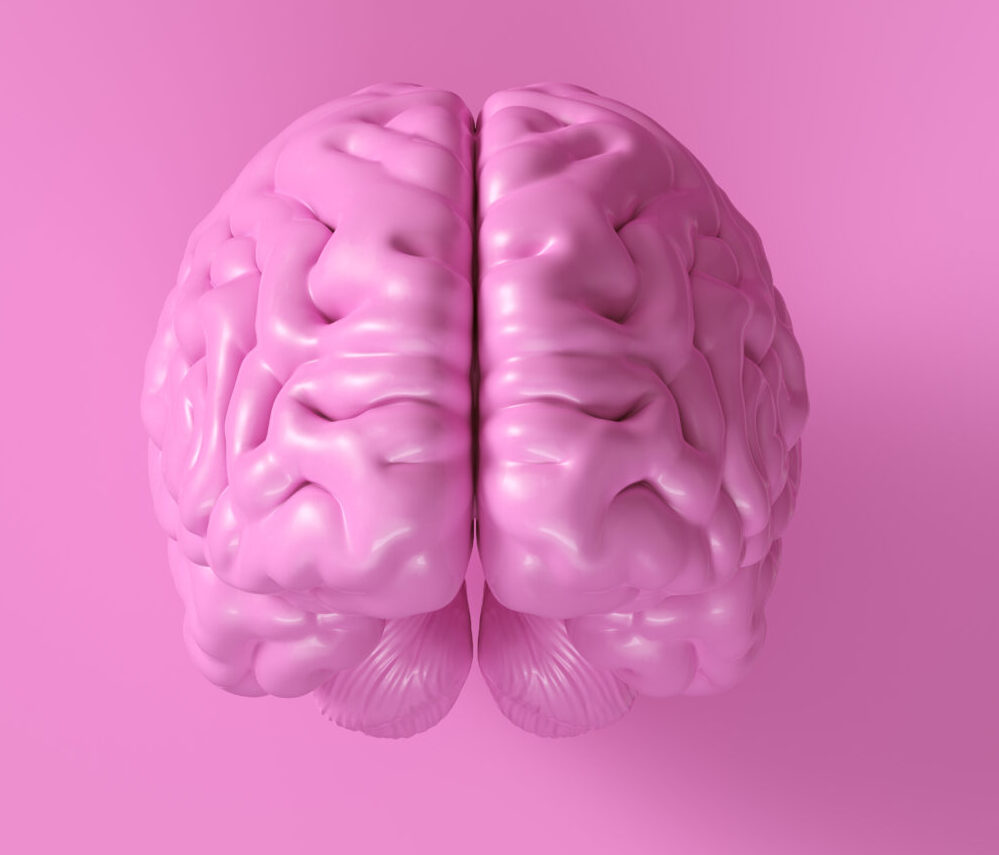**Understanding Alzheimer’s Disease with Computational Models**
Alzheimer’s disease is a complex condition that affects millions of people worldwide. It is characterized by memory loss, cognitive decline, and other symptoms that can significantly impact daily life. Researchers are working hard to understand the disease better and develop effective treatments. One of the key tools in this research is the use of computational models.
### What Are Computational Models?
Computational models are mathematical and statistical tools used to analyze and understand complex systems. In the context of Alzheimer’s disease, these models help researchers identify patterns, predict outcomes, and understand the relationships between different factors.
### Deep Learning for Alzheimer’s Detection
One of the most promising areas of research is the use of deep learning algorithms. These algorithms can analyze medical images, such as those from optical coherence tomography (OCT), to detect early signs of Alzheimer’s disease and mild cognitive impairment (MCI). A recent study used a deep-learning model to analyze OCT images and found that it could detect Alzheimer’s disease and MCI more accurately than traditional methods[1].
### Natural Language Processing
Another approach is the use of natural language processing (NLP) to analyze medical data. Researchers have fine-tuned a model called RobBERT to classify amyloid and disease status. This model can identify patterns in medical texts that may indicate the presence of Alzheimer’s disease[2].
### Bayesian Copula Graphical Models
Bayesian copula graphical models (GCGMs) are statistical models that help researchers understand the relationships between different variables. These models can handle a variety of data types, including continuous, binary, and discrete variables. By analyzing these relationships, researchers can identify how factors like age, sex, and amyloid-beta levels affect cognitive function in people with Alzheimer’s disease[4].
### Machine Learning and Biomarkers
Machine learning models are also being used to predict early Alzheimer’s disease by analyzing plasma biomarkers. These models can identify patterns in biomarker data that may indicate the onset of the disease. This approach has the potential to help diagnose Alzheimer’s disease earlier, when it is more treatable[3].
### Conclusion
Computational models are revolutionizing the way we understand and study Alzheimer’s disease. By analyzing medical images, texts, and biomarkers, these models can help identify early signs of the disease, predict outcomes, and understand the complex relationships between different factors. As research continues to advance, we can expect even more sophisticated models to emerge, leading to better diagnosis and treatment options for those affected by Alzheimer’s disease.
In summary, computational models are a powerful tool in the fight against Alzheimer’s disease. They offer a promising way to improve our understanding of this complex condition and to develop more effective treatments.


